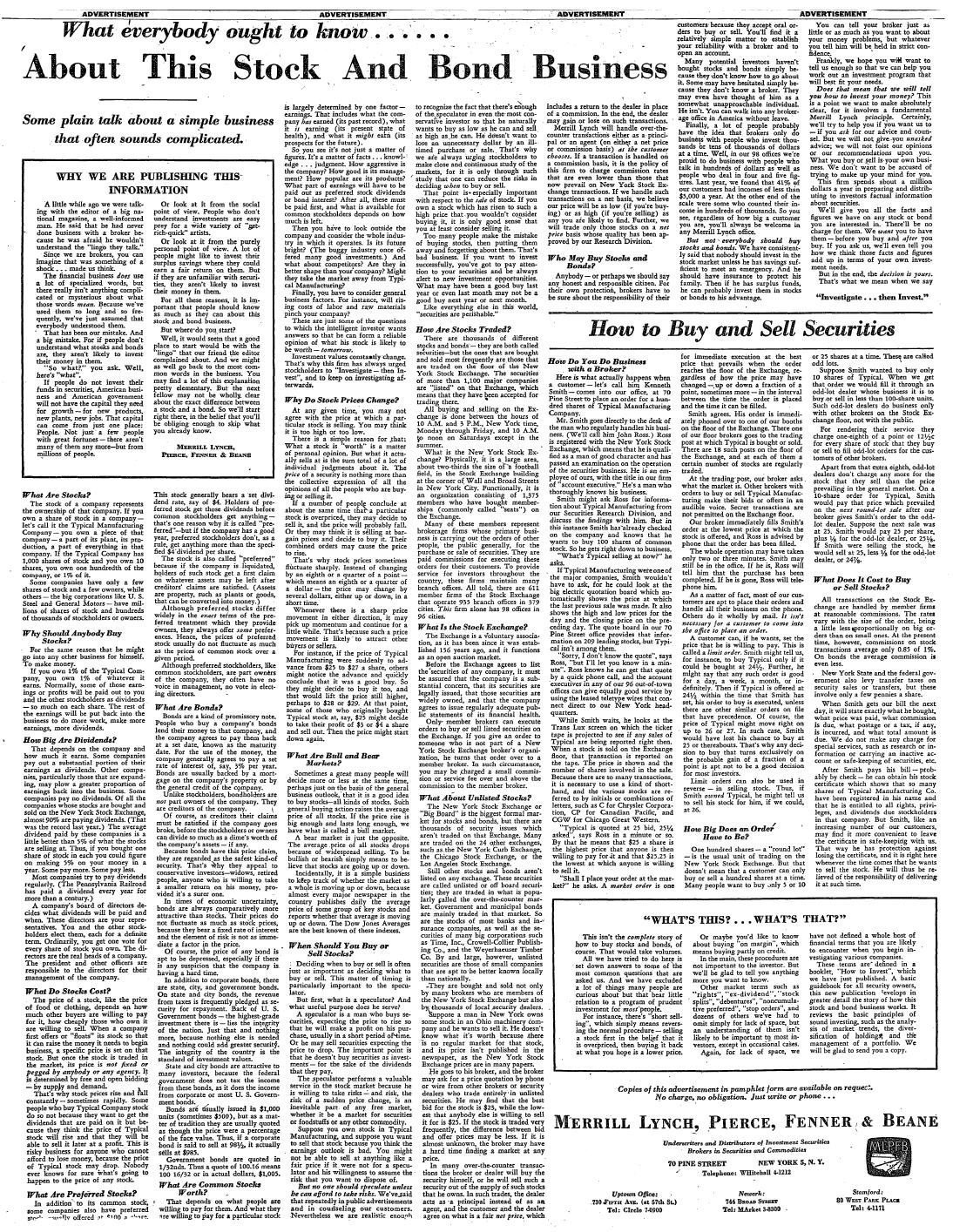44% of luxury marketers believe online video is more effective at driving traffic to stores than TV.
The benefits are becoming clearer: online video-marketing provides more flexibility in production, and a more targeted reach than TV production. This means rather than spending £100,000s commissioning a short 30 second prime time spot, luxury companies can achieve much more with a lot less spend.

Build your luxury video around customer dreams. Image by Belovdchenko Anton
Long term video campaigns, live-event streaming, video tutorials are just a few ways luxury brands can use video for lead generation, expanding customer reach and also improving retention.
Most importantly, it allows luxury brands to showcase the most critical element of their sales message:
Making the experience unforgettable
In Pamela’ Danziger’s Let Them Eat Cake: an in-depth research project into the attitudes towards luxury spending, she discovered a notable shift in the purchasing patterns of luxury buyers. In the mid 2000s, affluent customers were more motivated by experiential purchases rather than materialistic ones.
Instead of features, affluent customers were more driven by the experience of owning or using the product.
So what does this mean for a luxury brand expanding into video-marketing campaigns?
How to increase emotional attachment to a luxury product through video
With cinematic film techniques, it’s easy for us to make your product look beautiful on screen.
Whether you’re selling luxury clothing or private jet ownership, a we can reflect the quality of craftsmanship in your product and make it shine.
But this is only a fraction of the story you need to tell your customer to compel them to contact you or to make a purchase.
The real gold in your video is using cinematic techniques to take your customer on a journey of ownership.
Show them events and occasions where people wearing luxury clothing are standing out from the crowd. Show the convenience and peace of travelling for business, or as a family, without the stresses of regular air travel.
Use video to encourage an emotional attachment and anticipation to your product and it will be far more compelling than footage of what it is.
If you’re looking for a video production company in London to tell the powerful narrative of your brand, contact us today.









